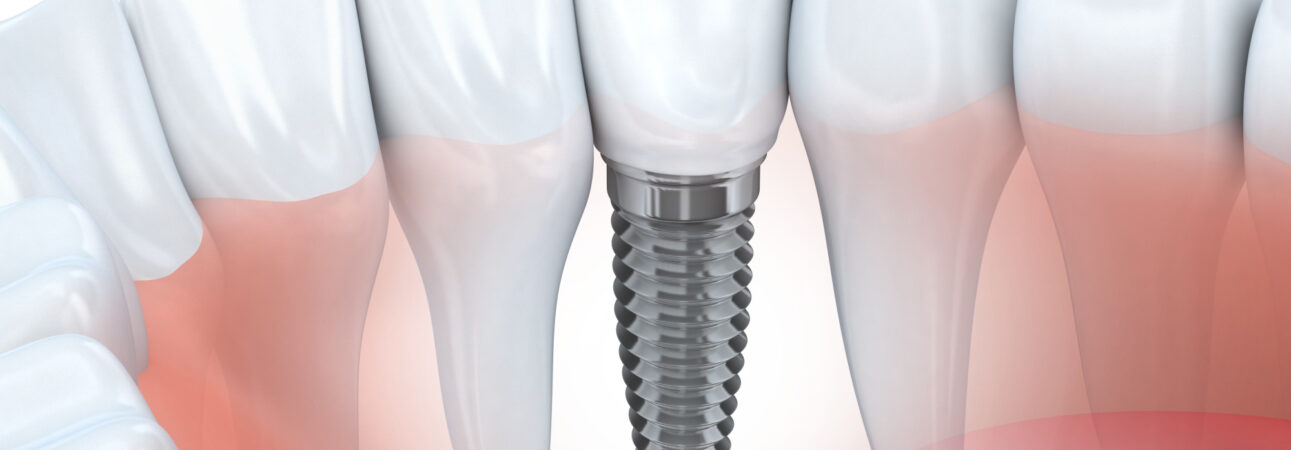Is your dentist in the Newtonbrook West area of North York weighing the pros and cons of root canal treatment vs extraction and implant? Your jaw support and chewing capacity can be restored with either treatment. Patients and dentists can choose among the available solutions based on the state of the tooth in question.
Root Canal
You may already know that root canal therapy entails an opening in the tooth’s crown, removal of the diseased pulp, placement of gutta-percha (a natural material), and final sealing. After an operation, the bite force is restored by placing a cap or crown on the tooth.
To make sure you do not feel a thing, a local anesthetic is administered to your gums. Dental experts use dental drills to create holes to access the affected pulp. There is, however, a simple process.
When do dentists recommend endodontic therapy?
To find out how deep a cavity is (how infected it is), dental professionals take x-rays. Digital radiographs frequently reveal dark areas, alerting dentists to the necessity of endodontic treatment.
Dentists may suggest this action if cleaning the pulp chamber would halt the illness. The diseased tooth will progress to the point where extraction is still your only choice if endodontic therapy is not received promptly.
When is it appropriate to get a tooth extracted?
Extracting the tooth is usually not the dentist’s first choice. However, extraction will be necessary if the natural tooth is severely decaying, broken, or missing pieces. Extraction is the next best option when gum disease, overcrowding, or a root canal fails.
When some people hear the word “tooth extraction,” images of dental drills, forceps, blood, and agony may pop into their heads. Fortunately, extractions have gotten slightly more patient-friendly in recent years.
There are several stages to the process of extraction and implant placement. Experts will first inject you with a local anesthetic so that you will not feel a thing as they remove the tooth.
Why is it necessary to get an implant after getting a tooth pulled?
When a tooth is extracted, a gap opens up between the teeth. These teeth gradually begin to move into the vacant area.
When teeth are extracted, the jawbone and facial support are also lost. These issues exacerbate facial drooping. You can no longer chew food properly when teeth fall out. Other noticeable issues with dental health include changes in speech patterns and misalignment of the teeth. Consequently, it is critical to place an implant in this area.


